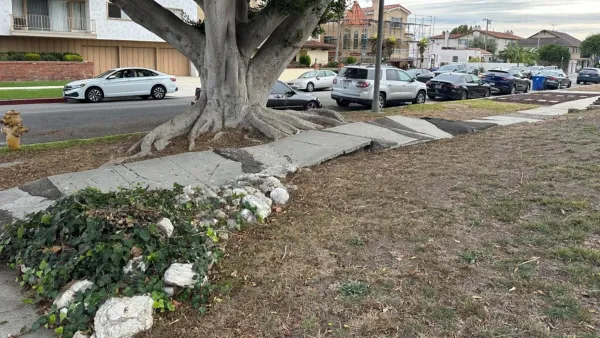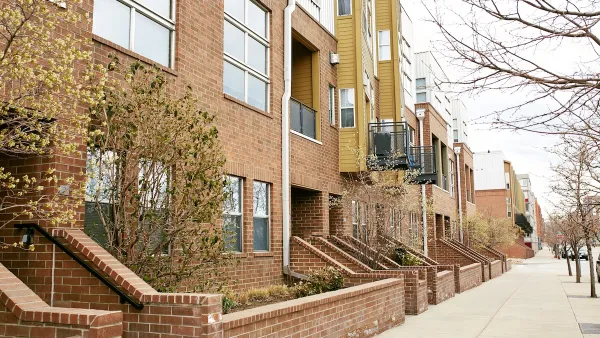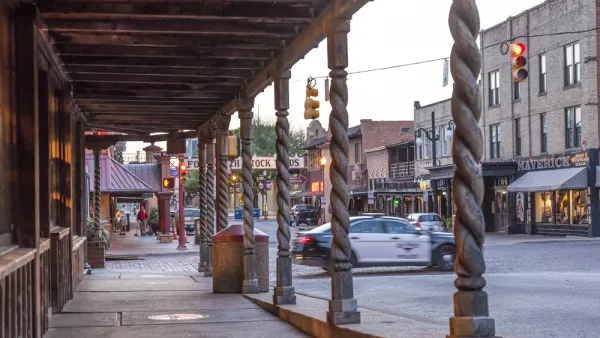A $6 million program takes aim at a backlog of thousands of requests for sidewalk maintenance, but critics say requiring property owners to foot half of the bill excludes less affluent neighborhoods.

The infusion of federal pandemic relief dollars is funding a $6 million program to fix broken sidewalks in St. Louis, as part of efforts to clear a years-long backlog of requests. According to a St. Louis Post-Dispatch article by Austin Huguelet, “There are at least 1,500 uneven, cracked or crumbling sidewalks awaiting service from the city’s repair program, and many people have heard help is coming before: At least 180 of the requests date back to 2017 or earlier.”
The city also found that old requests were, for a time, not rolling over year to year, meaning that unfulfilled requests disappeared without any action. In the summer of 2022, in response to a series of deadly crashes, the mayor’s office launched a plan “to spend tens of millions of dollars to redesign dangerous intersections, install traffic-slowing devices on major thoroughfares, and shore up the city’s beleaguered sidewalk program.”
Critics argue that the program’s funding structure, which requires property owners to pay 50 percent of the cost of sidewalk repairs, means that lower-income neighborhoods will be left with crumbling infrastructure.
FULL STORY: St. Louis residents have waited years for new sidewalks. Can the city catch up?

National Parks Layoffs Will Cause Communities to Lose Billions
Thousands of essential park workers were laid off this week, just before the busy spring break season.

Retro-silient?: America’s First “Eco-burb,” The Woodlands Turns 50
A master-planned community north of Houston offers lessons on green infrastructure and resilient design, but falls short of its founder’s lofty affordability and walkability goals.

Delivering for America Plan Will Downgrade Mail Service in at Least 49.5 Percent of Zip Codes
Republican and Democrat lawmakers criticize the plan for its disproportionate negative impact on rural communities.

Test News Post 1
This is a summary

Test News Headline 46
Test for the image on the front page.

Balancing Bombs and Butterflies: How the National Guard Protects a Rare Species
The National Guard at Fort Indiantown Gap uses GIS technology and land management strategies to balance military training with conservation efforts, ensuring the survival of the rare eastern regal fritillary butterfly.
Urban Design for Planners 1: Software Tools
This six-course series explores essential urban design concepts using open source software and equips planners with the tools they need to participate fully in the urban design process.
Planning for Universal Design
Learn the tools for implementing Universal Design in planning regulations.
EMC Planning Group, Inc.
Planetizen
Planetizen
Mpact (formerly Rail~Volution)
Great Falls Development Authority, Inc.
HUDs Office of Policy Development and Research
NYU Wagner Graduate School of Public Service





























